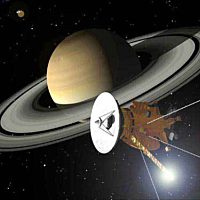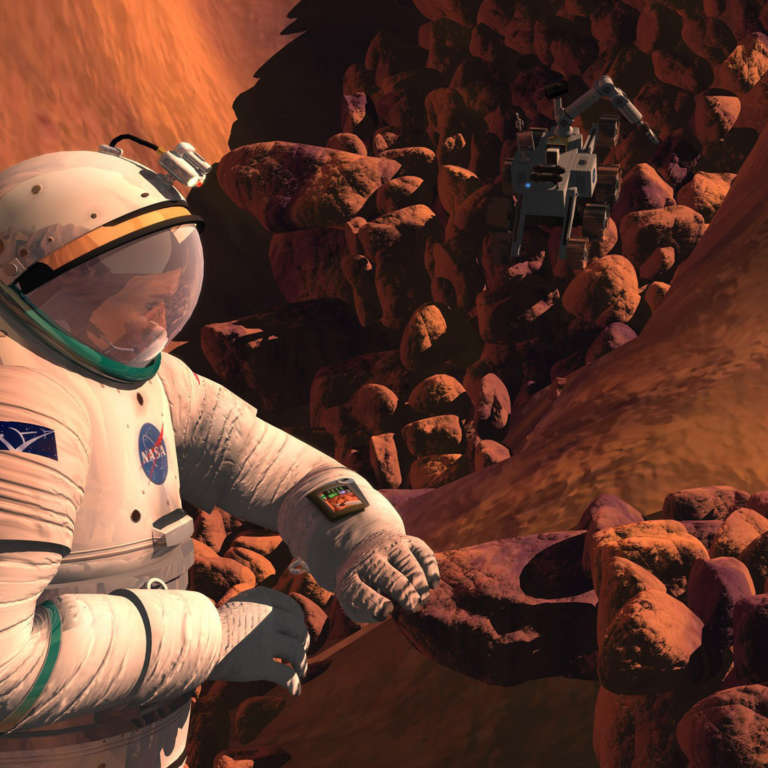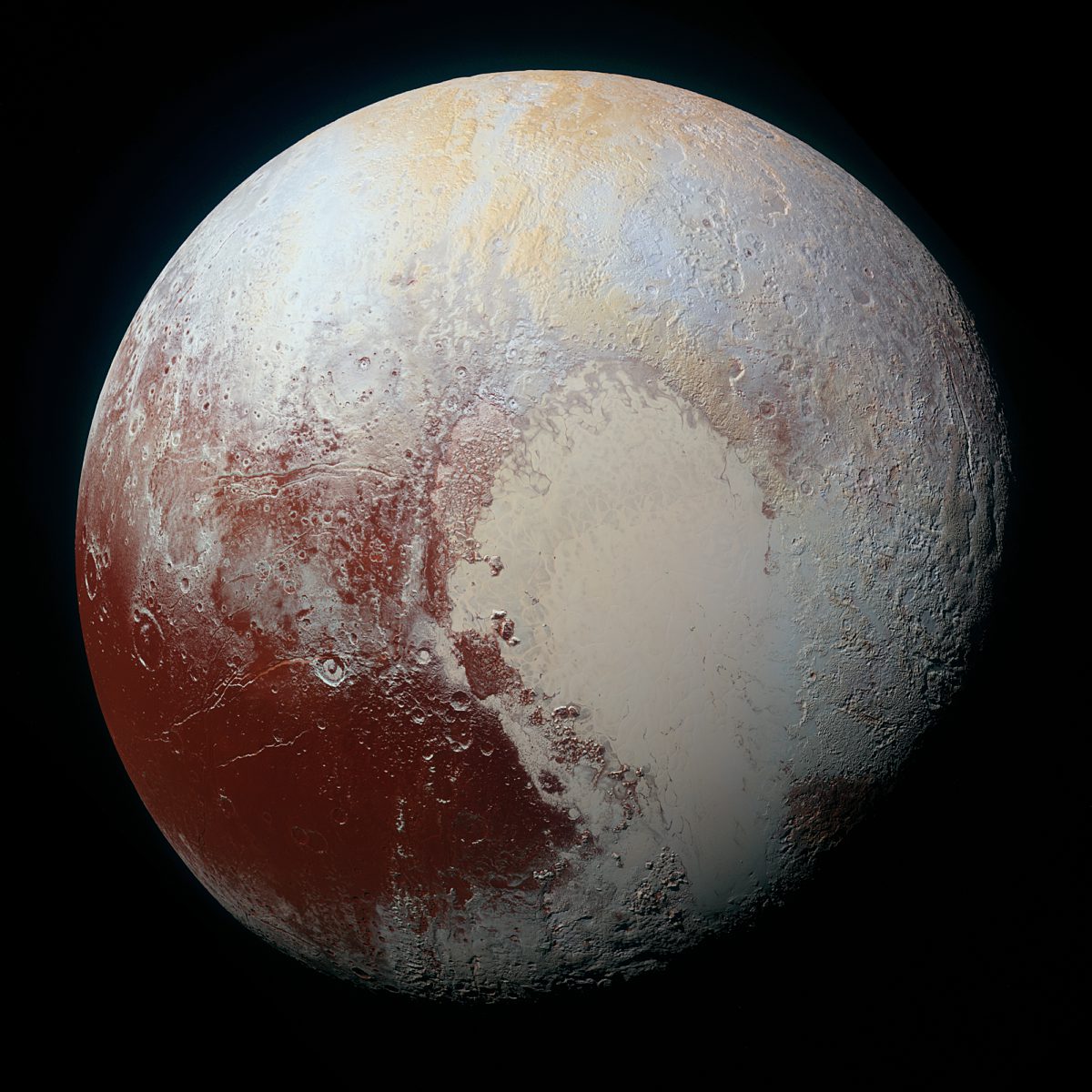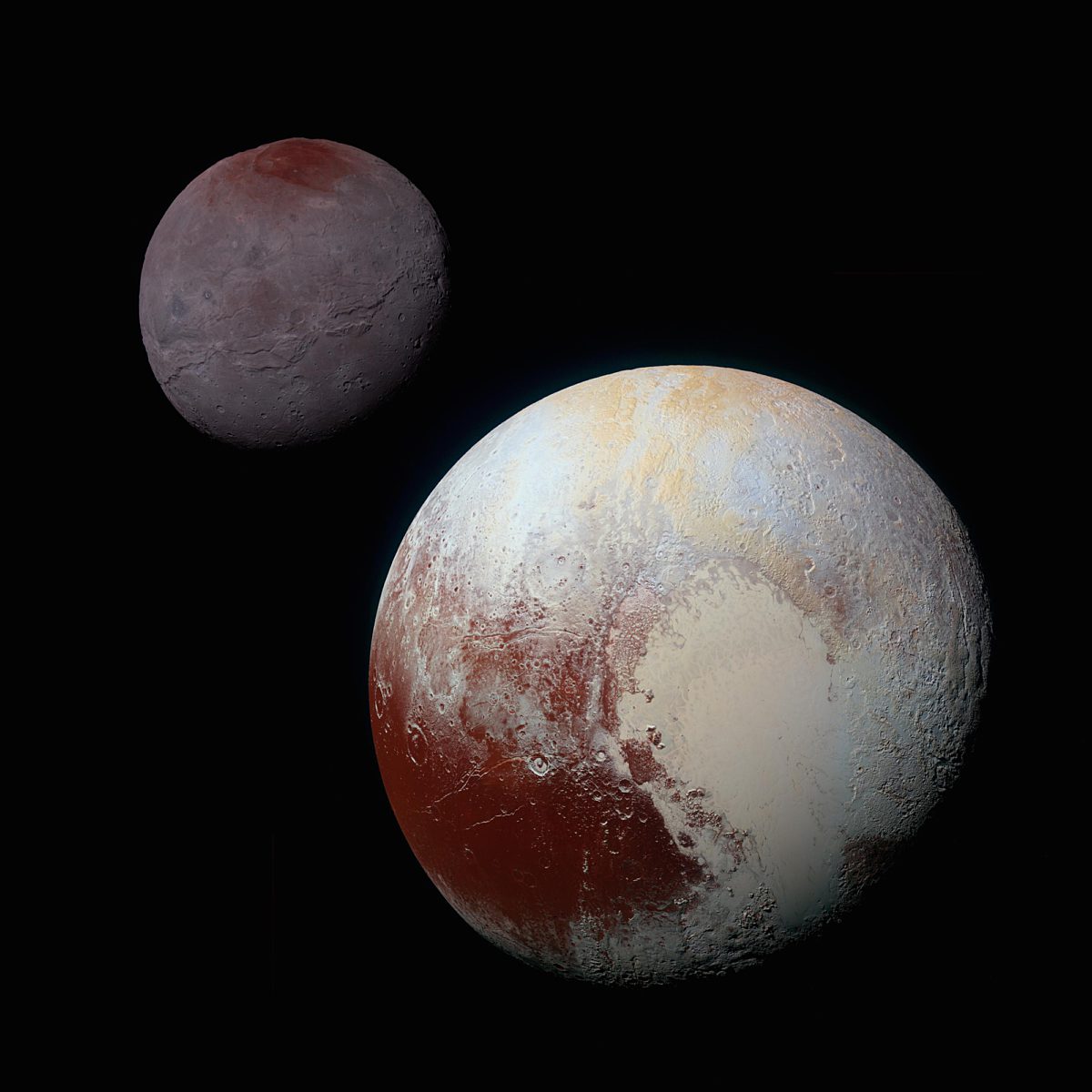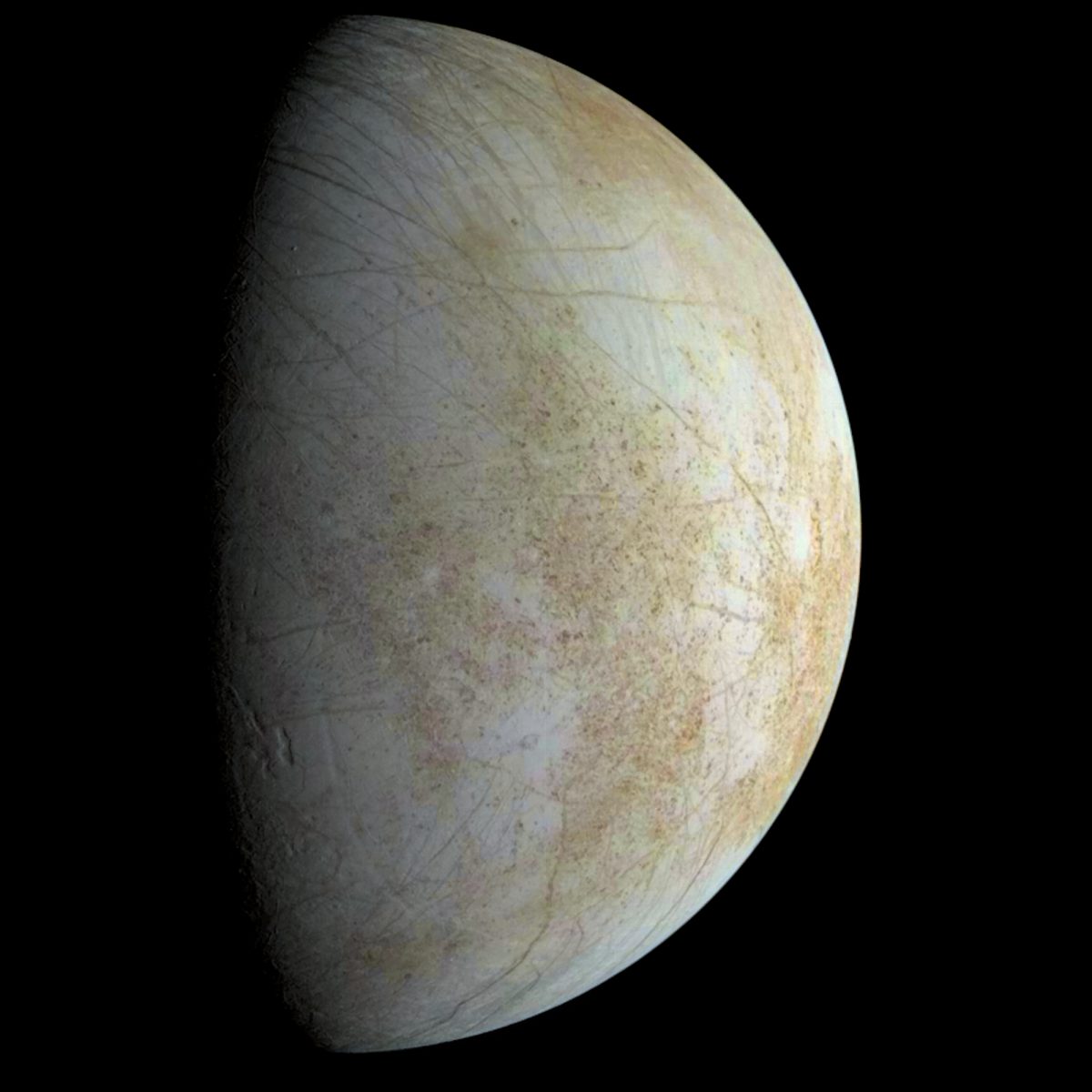Since 2002, Planetary Radio has visited with a scientist, engineer, project manager, advocate, or writer who provides a unique perspective on the quest for knowledge about our Solar System and beyond. The full show archive is available for free.
Search Planetary Radio
Planetary Radio’s most frequent guest, Project Scientist Linda Spilker, returns with another update on the Cassini mission that is approaching its grand finale.
For well over three years, planetary scientist Ellen Stofan has worked directly with NASA Administrator Charles Bolden to help coordinate and expand the myriad science efforts by the agency. We talk with her as she ends this remarkable tenure.
CEO Randa Milliron introduces us to Interorbital Systems, which wants to put your payload in orbit for as little as $8,000. Can they do it?
Back to the annual meeting of the AAS Division for Planetary Sciences this week, where Mat Kaplan visited with experts on worlds of ice including Titan and Pluto, with a side trip to the dunes of Iran.
Host Mat Kaplan traveled to California’s Mojave Desert for a tour of Virgin Galactic’s The Spaceship Company, where the second SpaceShipTwo was built and is undergoing flight tests. TSC Executive VP Enrico Palermo was his guide.
The great Cassini spacecraft has a year to go before it plunges into the ringed planet. Project Scientist Linda Spilker returns with more amazing mission science.
Steep canyons on Saturn's moon Titan are filled with liquid methane. That's the discovery just announced by an international team of Cassini scientists, including Alex Hayes.
Three NASA leaders talk with host Mat Kaplan about the progress we're making toward leaving footprints on the Red Planet.
Our live conversation about “Planet 9” and the amazing diversity of our solar system, featuring Konstantin Batygin and Mike Brown of Caltech, Senior Editor Emily Lakdawalla, Bill Nye the Science Guy and Cassini Project Scientist Linda Spilker.
Cassini Mission Project Scientist Linda Spilker returns with the latest discoveries at the beautiful ringed planet, its moons and its rings.
The Dawn Mission Chief Engineer Marc Rayman returns for another report on the ion-engine powered mission, now orbiting 240 miles above dwarf planet Ceres in the Asteroid Belt.
Bruce Betts, Jason Davis, Casey Dreier and Emily Lakdawalla gather with Mat Kaplan for a fascinating and informative Planetary Radio Extra year-in-review roundtable discussion.
Our year-end review features the “best of 2015” lists from Jason Davis, Casey Dreier, Emily Lakdawalla and Bill Nye the Science Guy. What’s Up offers planets, a comet, and a nice prize package for the space trivia contest.
Hal Weaver is a very happy Project Scientist. His New Horizons spacecraft has shocked his fellow researchers with magnificent images and data. He shares the excitement this week.
We return to the beautiful Aquarium of the Pacific in southern California for a fascinating conversation about ocean science. What we learn down here is furthering our research around the solar system. William Patzert, Jerry Schubel and Steven Vance join Mat Kaplan on stage. Emily Lakdawalla tells us what Curiosity, the Mars Science Laboratory rover, has been doing lately. Bruce Betts is keeping his eye on converging Jupiter and Venus.
Cassini Project Scientist Linda Spilker, returns with another update on the magnificent mission at Saturn. You’ll also hear Bill Nye and the moment when LightSail began to deploy its solar sail.
Landing on Mars is hard, and the bigger you are, the harder it gets. Rob Manning returns to tell us about one of NASA’s best hopes for getting much bigger spacecraft down there—spacecraft that may one day carry humans.
A human mission to orbit Mars might be possible by 2033, and it might be accomplished at reasonable cost and with existing or nearly-ready technology. Three leaders of a recent Washington DC conference on this topic provide a report.
We’ll visit the Jet Propulsion Lab on its Icy Worlds Day to learn more about spacecraft exploring Ceres, Enceladus and Europa from leaders of these missions.
Astronomer and planetary scientist Courtney Dressing is the lead author of research that may have found the formula for the mass and composition of Earth-like planets. She reveals the ingredients and why she spent time at JPL while in high school.


 Explore Worlds
Explore Worlds Find Life
Find Life Defend Earth
Defend Earth


